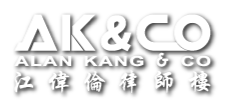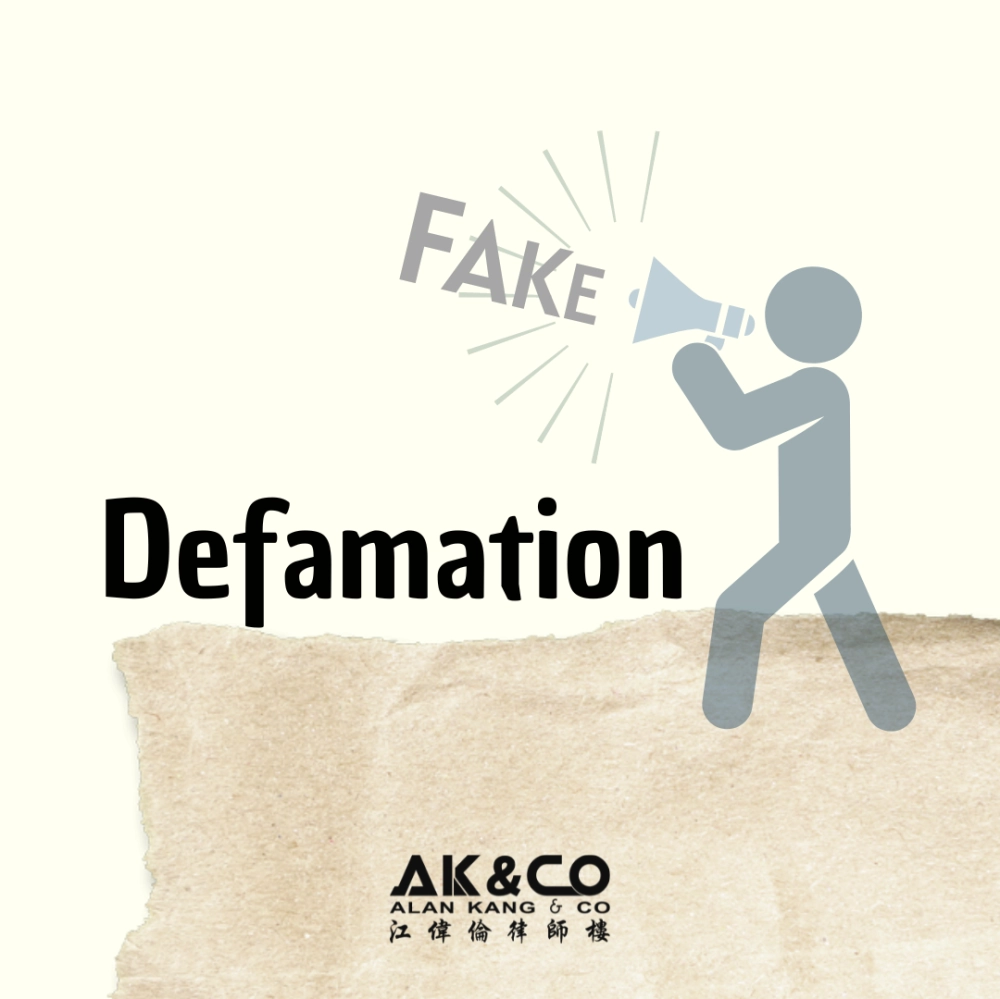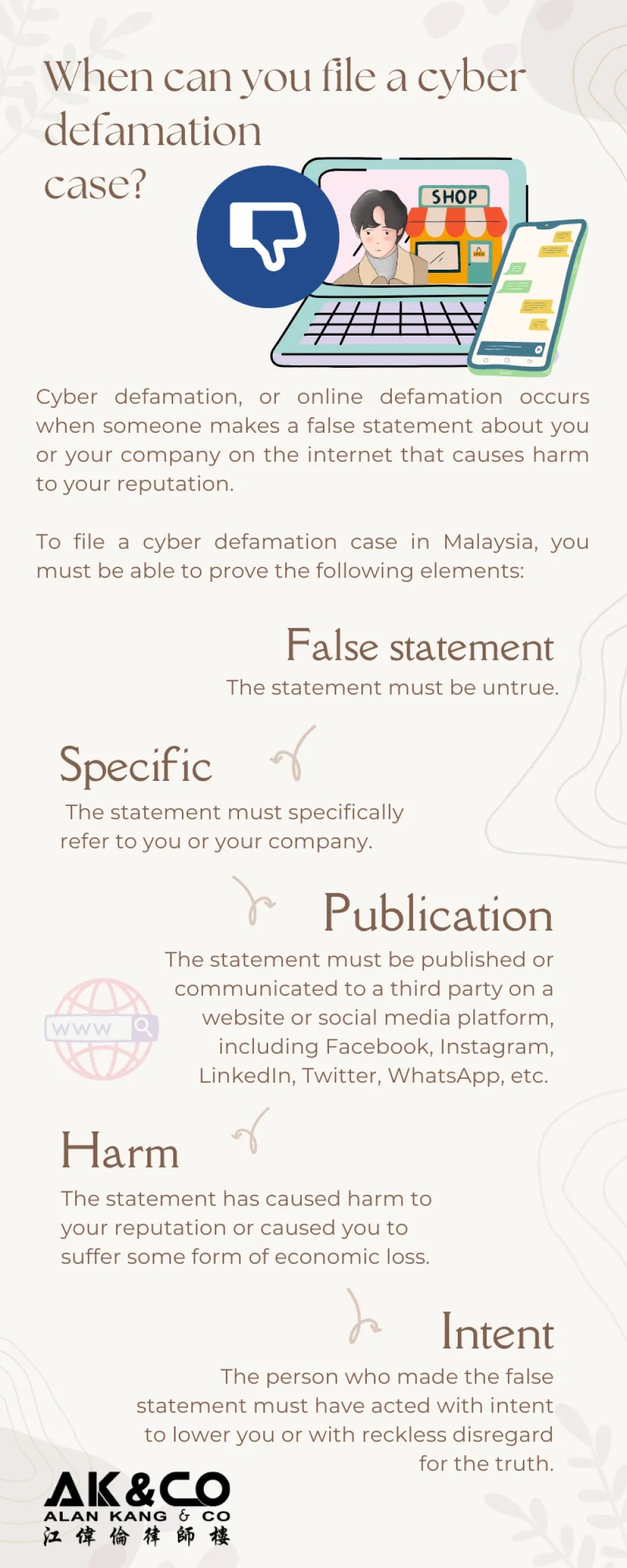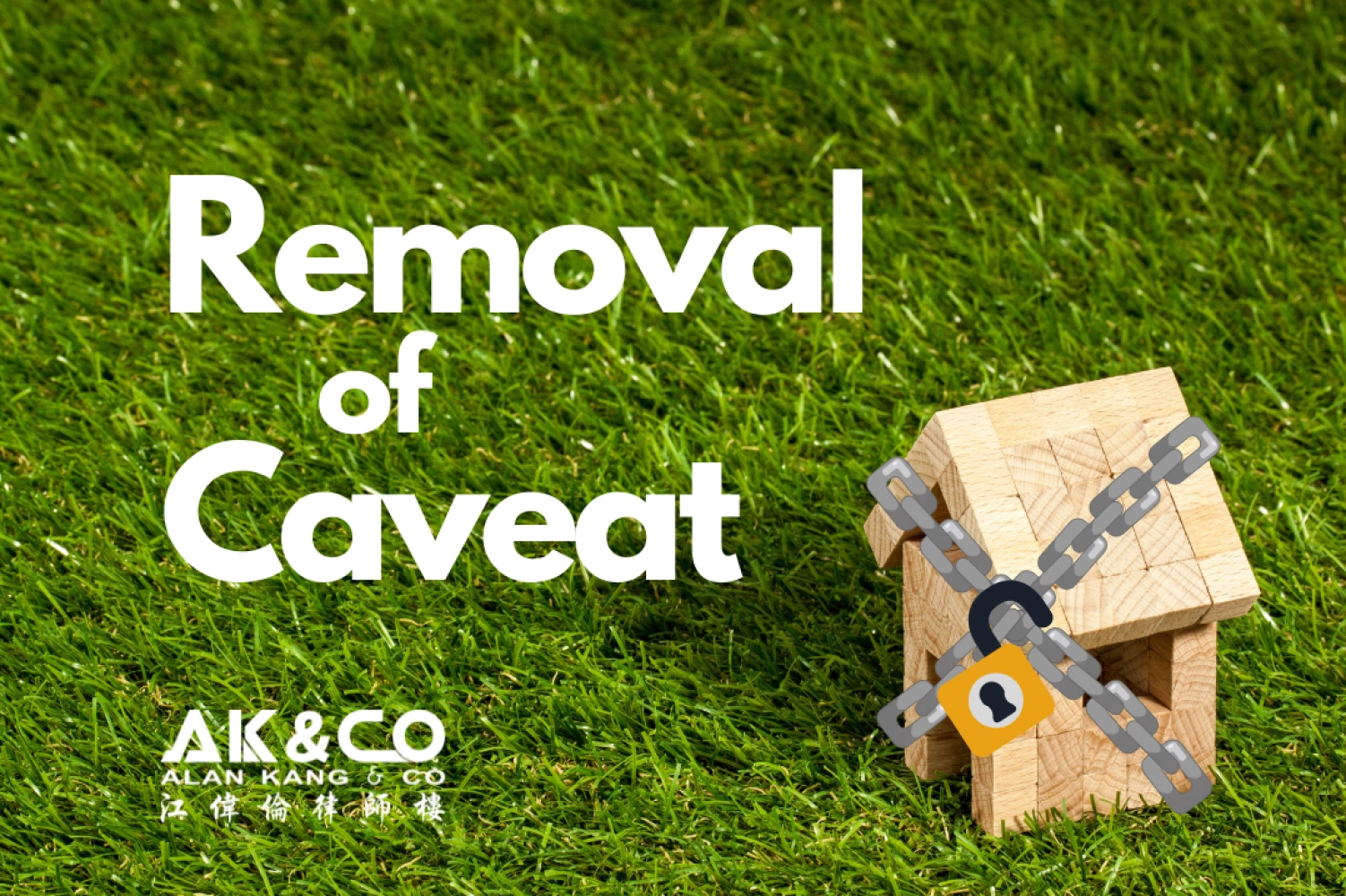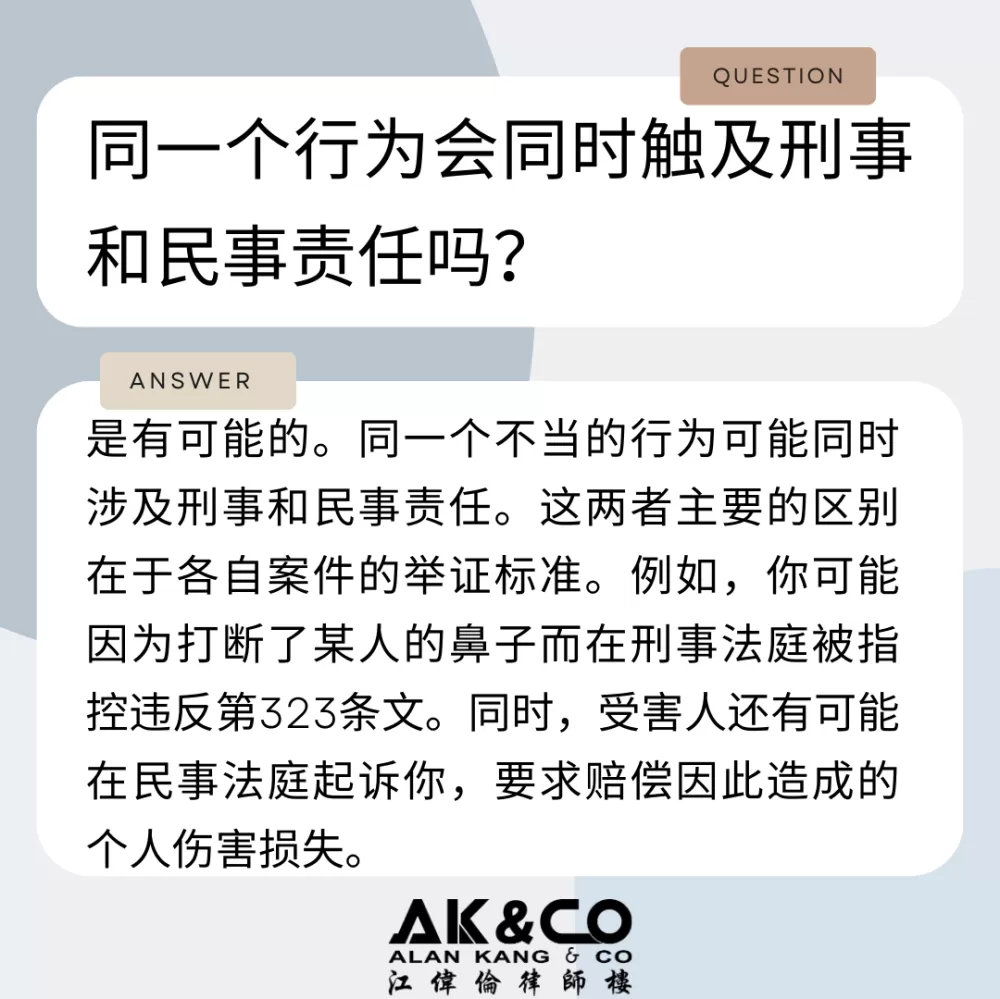Trademark Litigation: Lessons from Stars and Apples
In the world of brands, names are like signs that point customers to their favourite products or services. To explain this, let's look at two examples: a real dispute between Apple Inc. and Apple Corps, and a hypothetical scenario involving two distinct companies ''Starshot Electronics'' and ''Starshoot Café.''
What is a Trademark?
Trademarks are symbols, logos, names, phrases, or designs that help people tell one brand from another. For example, ''Starshot'' tells you that you're buying top-notch electronics, while ''Starshoot'' means you're in for a delicious cup of freshly brewed coffee.
Biting into the Apple Dispute
The famous fight between Apple Inc., the technology company known for products like the iPhone and MacBook, and Apple Corps, the music company founded by the Beatles, underscores the intricacies of trademark law. Over the years, the overlapping ''Apple'' trademark sparked a series of legal battles, primarily because the similarities raised concerns about customer confusion.
Unfolding the Starshot-Starshoot Scenario
Now, imagine ''Starshot Electronics'' and ''Starshoot Café''. Although they operate in different industries, their similar-sounding names could potentially lead to market confusion. Imagine a customer intending to buy a gadget from Starshot Electronics but ends up on the website of Starshoot Café. The potential for such mix-ups underscores the necessity for clear differentiation in trademarks.
Understanding Trademark Infringement
Trademark infringement occurs when an identical or confusingly similar trademark to an existing one is used, leading to potential customer confusion. For example, if Starshot Electronics and Starshoot Café were found to be too similar, and customers were regularly mixing up the two, one or both could face legal repercussions.
Preventing Trademark Disputes
The best way to avoid trademark problems is to research thoroughly before choosing a brand name or logo to ensure it's not too similar to someone else's. Further, registering your trademarks and monitoring the market for possible copycats can also help to protect your brand. These proactive measures might have eased the legal journeys for both Apple Inc. and our hypothetical Starshot Electronics.
When to Take Legal Action
But how do you know when it's time to take legal action? Here are a few key indicators:
The Apple Inc. vs. Apple Corps case and our hypothetical Starshot-Starshoot scenario offer valuable insights into the complexity of trademark litigation. If you're facing questions or concerns about trademarks, we at Alan Kang & Co are here to help. Reach out to us at +6014-9135314.
Remember, every situation is unique and guidance from experienced lawyer can provide invaluable assistance in navigating trademark laws. Staying proactive and understanding these issues are key to protecting your brand. So, whenever you're in doubt, seeking professional legal advice is the best course of action.
What is a Trademark?
Trademarks are symbols, logos, names, phrases, or designs that help people tell one brand from another. For example, ''Starshot'' tells you that you're buying top-notch electronics, while ''Starshoot'' means you're in for a delicious cup of freshly brewed coffee.
Biting into the Apple Dispute
The famous fight between Apple Inc., the technology company known for products like the iPhone and MacBook, and Apple Corps, the music company founded by the Beatles, underscores the intricacies of trademark law. Over the years, the overlapping ''Apple'' trademark sparked a series of legal battles, primarily because the similarities raised concerns about customer confusion.
Unfolding the Starshot-Starshoot Scenario
Now, imagine ''Starshot Electronics'' and ''Starshoot Café''. Although they operate in different industries, their similar-sounding names could potentially lead to market confusion. Imagine a customer intending to buy a gadget from Starshot Electronics but ends up on the website of Starshoot Café. The potential for such mix-ups underscores the necessity for clear differentiation in trademarks.
Understanding Trademark Infringement
Trademark infringement occurs when an identical or confusingly similar trademark to an existing one is used, leading to potential customer confusion. For example, if Starshot Electronics and Starshoot Café were found to be too similar, and customers were regularly mixing up the two, one or both could face legal repercussions.
Preventing Trademark Disputes
The best way to avoid trademark problems is to research thoroughly before choosing a brand name or logo to ensure it's not too similar to someone else's. Further, registering your trademarks and monitoring the market for possible copycats can also help to protect your brand. These proactive measures might have eased the legal journeys for both Apple Inc. and our hypothetical Starshot Electronics.
When to Take Legal Action
But how do you know when it's time to take legal action? Here are a few key indicators:
- You've discovered a clear case of infringement: If you find a business using a name or logo strikingly similar to yours, especially if they operate in a similar industry, it might be time to consult with a lawyer.
- You've received a cease-and-desist letter: If another company believes you're infringing on their trademark, they might send a cease-and-desist letter. It's essential to seek legal counsel immediately upon receiving such a letter.
- You notice a potential for customer confusion: If customers start asking if your company is affiliated with another due to similar branding, this could be an early warning sign of potential trademark infringement.
- Your reputation or sales are being negatively affected: If the other company's actions are negatively impacting your reputation or causing a decrease in sales, it's time to consider legal action.
The Apple Inc. vs. Apple Corps case and our hypothetical Starshot-Starshoot scenario offer valuable insights into the complexity of trademark litigation. If you're facing questions or concerns about trademarks, we at Alan Kang & Co are here to help. Reach out to us at +6014-9135314.
Remember, every situation is unique and guidance from experienced lawyer can provide invaluable assistance in navigating trademark laws. Staying proactive and understanding these issues are key to protecting your brand. So, whenever you're in doubt, seeking professional legal advice is the best course of action.
Make Appointment
